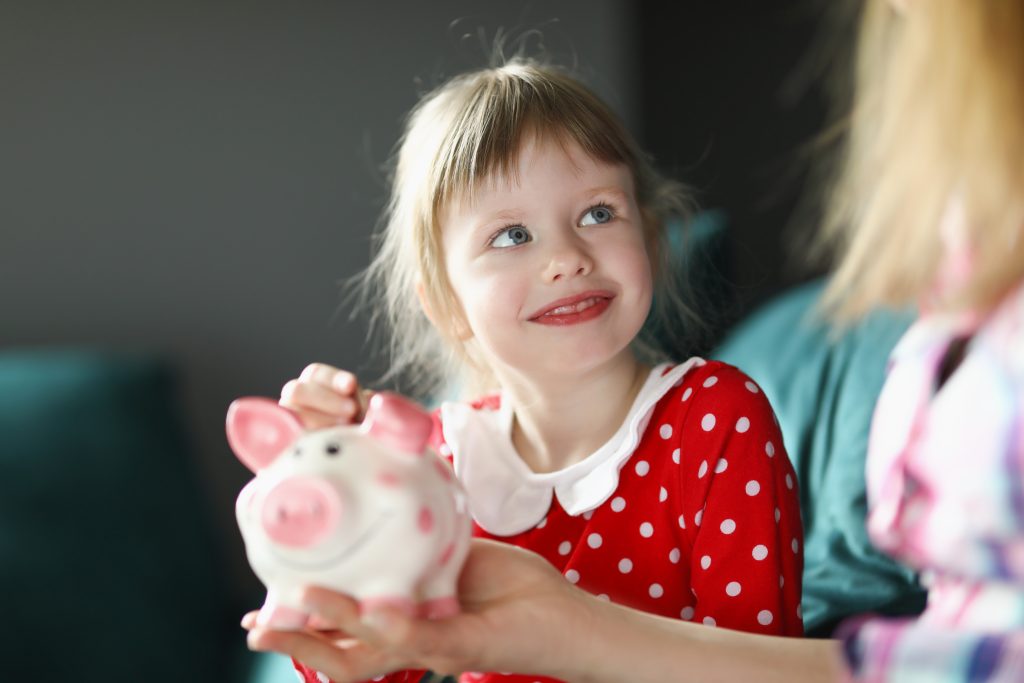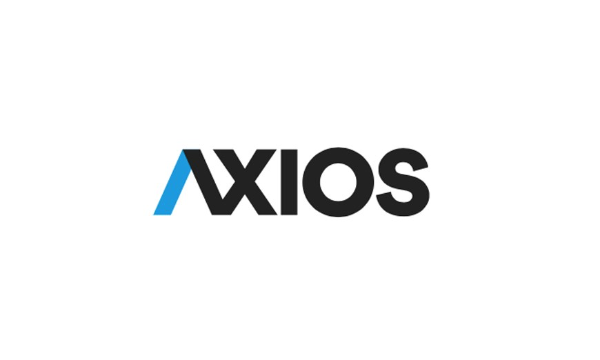
That first handful of dollars your child receives may not seem like a big deal—but it absolutely is. Your kid’s first allowance is more than just pocket money. It’s a golden opportunity to start shaping lifelong habits around saving, spending, and financial responsibility. What might feel like a simple transaction can quickly turn into one of the most impactful teaching moments in your child’s early years. With the right approach, you can turn allowance into an experience that builds confidence, teaches values, and encourages smarter choices for years to come.
1. Talk About the “Why” Behind the Allowance
Before handing over money, have a clear conversation about its purpose. Explain what the allowance is for—whether it’s for fun, savings, charity, or learning how to make decisions. Your kid’s first allowance shouldn’t be a surprise with no context. This is the perfect moment to introduce basic money principles in a way that feels exciting and empowering. By setting expectations from the start, you help your child see allowance as a responsibility, not a freebie.
2. Let Them Make (Small) Mistakes
It’s tempting to stop your child from blowing all their money on candy or the latest junky toy, but resist the urge. Part of the lesson of your kid’s first allowance is letting them learn through experience. If they spend it all at once and regret it later, that’s a powerful learning moment that sticks. These safe little mistakes are worth more than lectures. As long as the consequences are small, those early missteps help build smarter decision-makers.
3. Create a Simple Budgeting System
Even young kids can understand the idea of dividing their money into categories. Try the classic “Spend, Save, Give” method and provide three jars or envelopes to make it visual. Your kid’s first allowance is the ideal time to begin showing how different goals require different strategies. Saving for a toy takes patience, while giving to a cause builds empathy. A simple system encourages intentional spending rather than impulsive choices.
4. Tie It to Effort, Not Entitlement
There’s an ongoing debate about whether allowance should be tied to chores. Whether you decide to link it to specific tasks or not, make sure it’s associated with effort or contribution. Your kid’s first allowance sends a message: “Money doesn’t appear out of nowhere.” Whether it’s for making the bed daily or being responsible in general, connect allowance to effort so your child begins to value the work behind the reward. This lays the groundwork for a healthy work ethic.
5. Use It to Practice Saving for Goals
Helping your child save up for something they really want is one of the best uses of allowance. Whether it’s a new LEGO set or a trip to the arcade, setting a goal makes saving feel like a game instead of a chore. This moment in your kid’s first allowance journey teaches patience, planning, and the excitement of achieving something through discipline. Use visuals like charts or countdowns to keep them engaged. Reaching a savings goal is an unforgettable confidence boost.
6. Teach the Value of Giving
Generosity is a habit best formed early. Set aside a small portion of allowance for charitable giving—whether that’s donating to an animal shelter, church, or a class fundraiser. When your kid’s first allowance includes giving, they learn that money isn’t just for personal gain. It’s a tool to help others and create positive change. Discuss options together and let them decide where it goes to help build emotional investment in the act of giving.
7. Keep the Conversations Going
One talk isn’t enough. Make money a regular topic at dinner or during errands. Ask your child how they plan to spend, save, or share their next allowance, and offer praise for thoughtful decisions. Your kid’s first allowance should be the start of many little conversations about value, choices, and priorities. The more open and consistent you are, the more comfortable your child will be asking questions and making wise decisions over time.
A Little Money, A Lot of Impact
Don’t underestimate what a few dollars a week can do. Your kid’s first allowance is about more than budgeting—it’s about building character, habits, and confidence with money. When you take the time to approach it intentionally, you’re giving your child far more than spending power. You’re giving them a head start on financial literacy and a foundation they’ll use for the rest of their life.
What did your child do with their first allowance? Are you tying it to chores, savings, or both? Share your allowance stories and tips in the comments!
Read More:
Teaching Kids Financial Responsibility: Start With These Simple Steps
5 Free Budgeting Apps For Kids to Learn About Money
The post Your Kid’s First Allowance: A Powerful Moment You Shouldn’t Waste appeared first on Kids Ain't Cheap.







